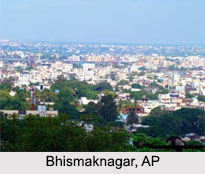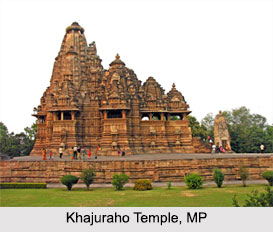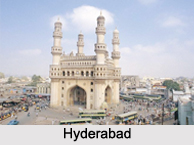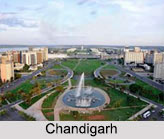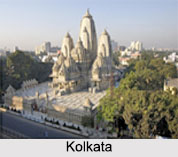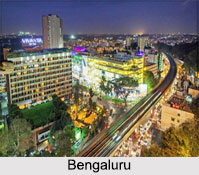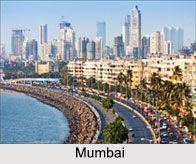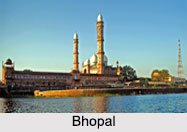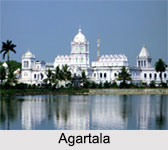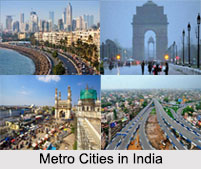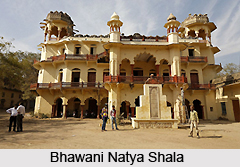 Jhalawar is located at a distance of 85 kilometers from Kota. In the year1838 it was established by Zalim Singh. The picturesque city of Jhalawar is located at the edge of Malwa Plateau. This well laid out city was an important trading center for the Rajputana kingdom in the 19th century. Besides being the commercial hub Jhalawar was also the primary city where music, theater and art flourished. The theater house here is located within the palace and is called Bhawani Natya Shala and was built along the western style opera house. The performing arts thrived here because these received patronage from the royal people.
Jhalawar is located at a distance of 85 kilometers from Kota. In the year1838 it was established by Zalim Singh. The picturesque city of Jhalawar is located at the edge of Malwa Plateau. This well laid out city was an important trading center for the Rajputana kingdom in the 19th century. Besides being the commercial hub Jhalawar was also the primary city where music, theater and art flourished. The theater house here is located within the palace and is called Bhawani Natya Shala and was built along the western style opera house. The performing arts thrived here because these received patronage from the royal people.
The whole region is a treasure house of prehistoric cave paintings and formidable forts. In addition to these ancient buildings there are the red poppy fields that add to the picturesque beauty of the place. The lush green fields and those of oranges make Jhalawar more attractive. During winters the place comes alive with greenery all around. Its beauty is indescribable. Amidst such beauty lies the fort built by Maharaja Madan Singh, now housing government offices. It also houses a government museum that has a collection of sculptures, coins, rare manuscripts, a stone inscription dating back to the 5th century and exquisite statues of Ardhanarishwar, Natraj and Trimurti.
Near Jhalawar stands the ancient city of Chandrawati known for its ancient temples of both Hindu and Jain sects. The symmetry of their architectural elements are quite impressive too. Express buses ply regularly from Kota Central Bus Stand. Jhalawar is also a stop over enroute to Indore or Ujjain in Madhya Pradesh. Taxis or rental cars are also available for Jhalawar.
Transportations are easily available from Kota to arrive at Jhalawar. A two hours bus ride will take the travelers to this ancient town. As far as hotels are concerned the travelers can choose from heritage as well as budget hotels. RTDC Gavdi Talab, Prithvi Vilas Palace, RTDC Hotel Chadrawati, Hotel Dwrika and others are there for the purpose.
